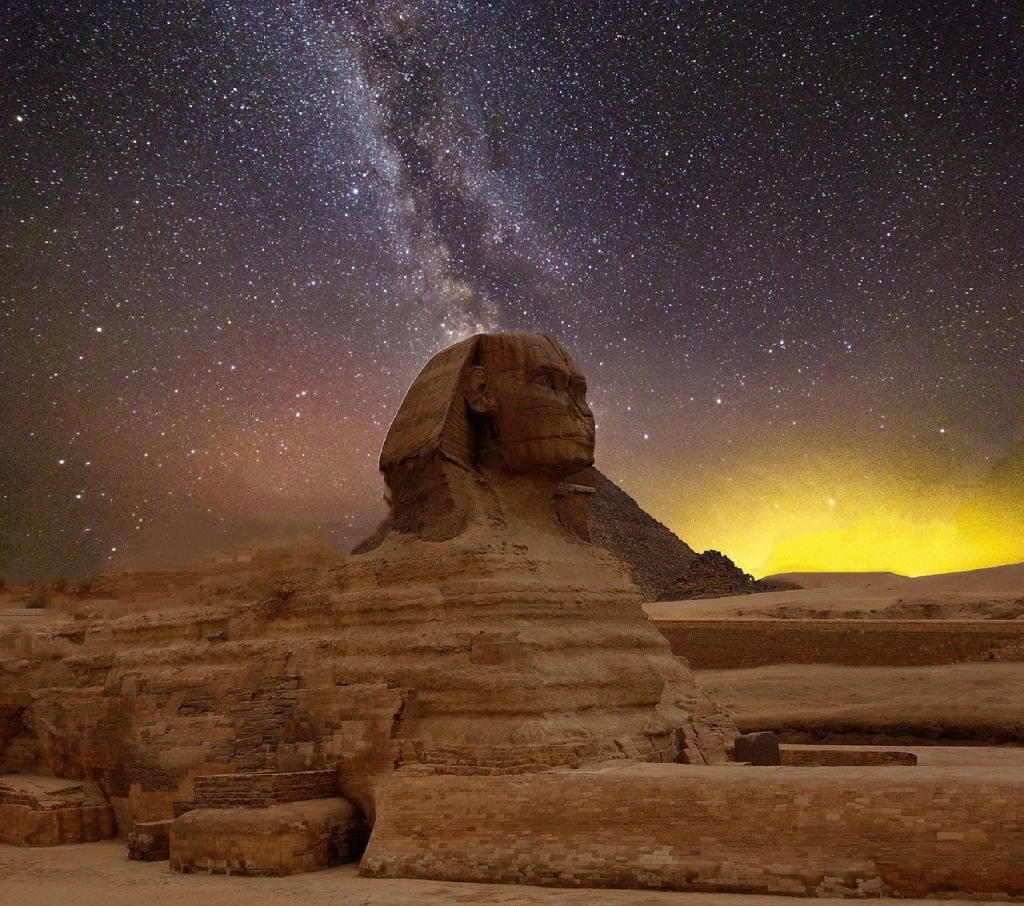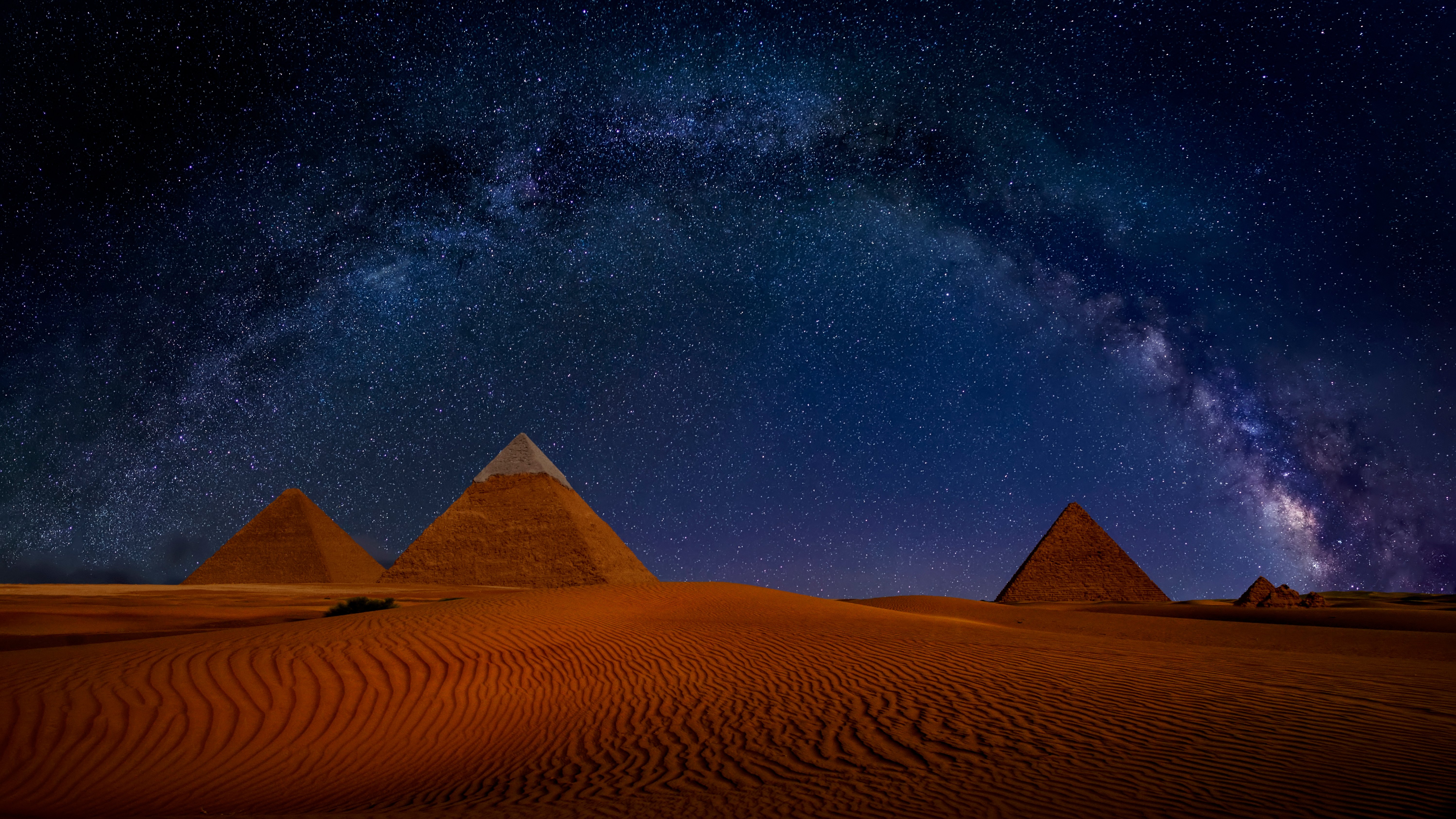Mankind’s depth of knowledge related to stars and planets can be traced back to detailed wall art in prehistoric times, but it was the ancient Egyptians who developed an extensive framework for worshipping and utilizing stars to influence their lives. This fascination with the cosmos has carried forward throughout the ages all over the world, and has been the basis of numerous religions, beliefs systems, and divination practices. To better understand and inspire your deeper connection to the night sky, it’s interesting to look back on what the Egyptians believed about the stars and how this shaped their culture.
Star religion
Almost every part of the ancient Egyptians’ lifestyle was influenced by the stars. Their pyramids were precisely orientated to their pole star and the Amun-Re temple at Karnak was aligned with the sun’s rising at the exact point of midwinter and the sun’s setting at the exact point of the midsummer.
The stars also played a large part in their religious festivals and ceremonies, determining important dates and times. Their gods and goddesses were also represented as constellations or as actual stars. Orion represented Osiris, the god of death, rebirth and the afterlife, and the Milky Way galaxy was thought to represent the mother goddess Nut giving birth to the sun god Ra.
Ancient Egyptian astrologers, who were also priests, were able to determine that the yearly flooding of the Nile coordinated with the summer solstice. Because the event was crucial to the growing of crops and therefore essential to Egyptian lives, being able to predict when it would happen gave the priests great power.

Key stars
The Egyptians believed that when a person died on earth, their soul returned to its original home in the stars for divine union and regeneration. Because of this, stars were worshiped by the Egyptians and often used to decorate their temples. Constellations were accurately portrayed on many ceilings with brighter stars sometimes designated by sun disks. Most stars in the night sky disappeared below the horizon, but not “the imperishable stars” that orbited around the North Star. These “indestructible” stars were a constant reminder of eternity, and worshipped as the stargate or portal to Duat, the afterlife.
Early astrology
Though credit for creation of the zodiac used today cannot be attributed to the Egyptians (it is believed to be created by the Babylonians), they did have their own system and put much faith into horoscopes. Comprised of twelve signs, each sign in the Egyptian Zodiac symbolized one of their gods. The Egyptians believed an individual’s personality was heavily influenced by what sign they were born under. Those birthed under Amon-Ra, for example, were thought to make good leaders while those born under Thoth were considered good at solving problems and being wise. Knowing these things about a person from a young age, helped them develop more authentically into their full potential.
As far back as 10,000 BC, fascination with the night sky has led to stories and ways of being that put people in direct relationship with the stars and a greater life force. Learning from their ancestors, the ancient Egyptians put astrology and astronomy at the center of their lives, creating a calendar, specific belief systems, and ways of being that aligned them with the cosmic forces and reminded them of who they were as individuals, where they came from, and where they would go after life on earth.





